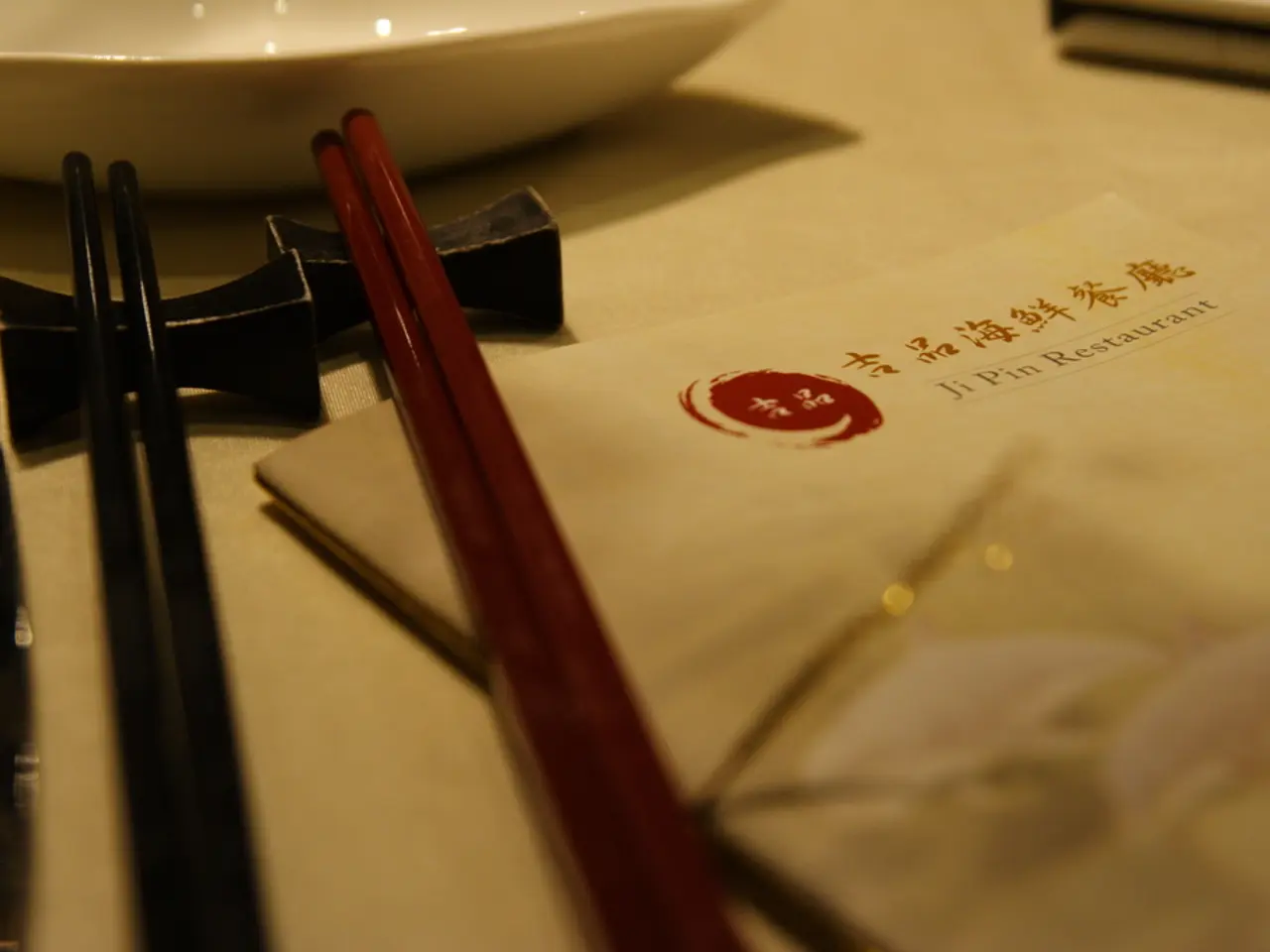Rising ingredient costs and evolving culinary trends causing Korean restaurants to close down within the local community
In the heart of South Korea's capital, Seoul, a significant shift is underway within the city's culinary landscape. The traditional baekban restaurants, known for their home-style Korean set meals, are facing a decline due to a combination of factors, primarily the surge in ingredient prices and the evolving economic climate [1].
Small, independent eateries, which make up a significant portion of the baekban scene, are feeling the pinch of these rising costs. With the increasing financial pressure, these establishments find it challenging to maintain profitability while keeping prices competitive without compromising on quality [1]. In contrast, franchise restaurants, with their ability to leverage economies of scale, can source ingredients at lower costs, giving them a competitive edge in the market.
This downturn in the baekban sector is not just a local phenomenon. Some experts argue that the Korean culinary market is undergoing a "necessary correction," with the disappearance of local eateries offering traditional baekban meals becoming more common [1]. The business environment is growing increasingly challenging, and simply increasing the number of these restaurants is not considered a sustainable solution to strengthen Korean cuisine's competitiveness.
Instead, efforts are being directed towards supporting Korean food franchises expanding overseas and creating dedicated support programmes to help small operators remain viable [1]. The focus is shifting towards innovation and adaptation in the face of these challenges.
Meanwhile, the supermarket shelves of Seoul continue to stock a variety of ingredients, a testament to the city's vibrant food culture. However, the current economic climate is proving to be a challenging one for many businesses in Seoul [2]. The popularity of delivery services, once a beacon of hope, is not benefiting businesses in the current economic climate [3].
Amidst this landscape, a Chinese restaurant in Myeong-dong, Seoul, continues to offer a popular dish - jajangmyeon, or black bean noodles. The restaurant, like many others, is navigating the shifting tides of Seoul's culinary scene, demonstrating the resilience and adaptability of the city's food industry [5].
This article was translated from the JoongAng Ilbo using generative AI and has been edited by the website staff.
References:
- Shrinking Share of Baekban Restaurants in Seoul
- Challenges Faced by Businesses in Seoul's Current Economic Climate
- Delivery Services Struggling in Seoul's Current Economic Climate
- Chinese Restaurant in Myeong-dong, Seoul, Offers Jajangmyeon
The baekban sector in Seoul faces a decline due to rising ingredient prices and an evolving economic climate, causing small, independent eateries to struggle with maintaining profitability [1]. In contrast, franchise restaurants, benefiting from economies of scale, can source ingredients at lower costs, providing a competitive edge [1]. The government is now focusing on supporting Korean food franchises expanding overseas and creating dedicated support programs for small operators [1]. The popularity of delivery services is not benefiting businesses in the current economic climate [2], and amidst this landscape, a Chinese restaurant in Myeong-dong, Seoul, continues to offer jajangmyeon, demonstrating the resilience and adaptability of the city's food industry [5]. The city's economy, business environment, and food culture are all affected [2][3].




